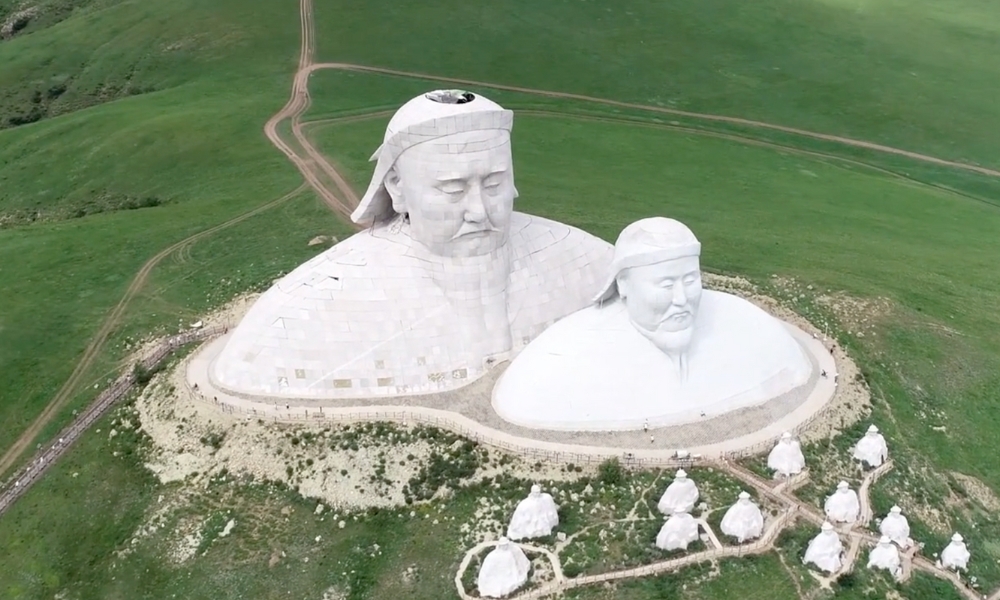Introduction to Khan Mountain
Khan Mountain, situated at the base of Guanyin Mountain in Huolin Gol City, stands as a testament to the grandeur and historical significance of the Mongol Empire. This site, spanning an area of 13,000 square meters, is not just a natural wonder but also a cultural heritage site that pays homage to two of the most influential figures in Mongolian and world history: Yuan Taizu Genghis Khan (1162-1227 AD) and Yuan Shizu Kublai Khan (1215-1294 AD).
Get your dose of History via Email
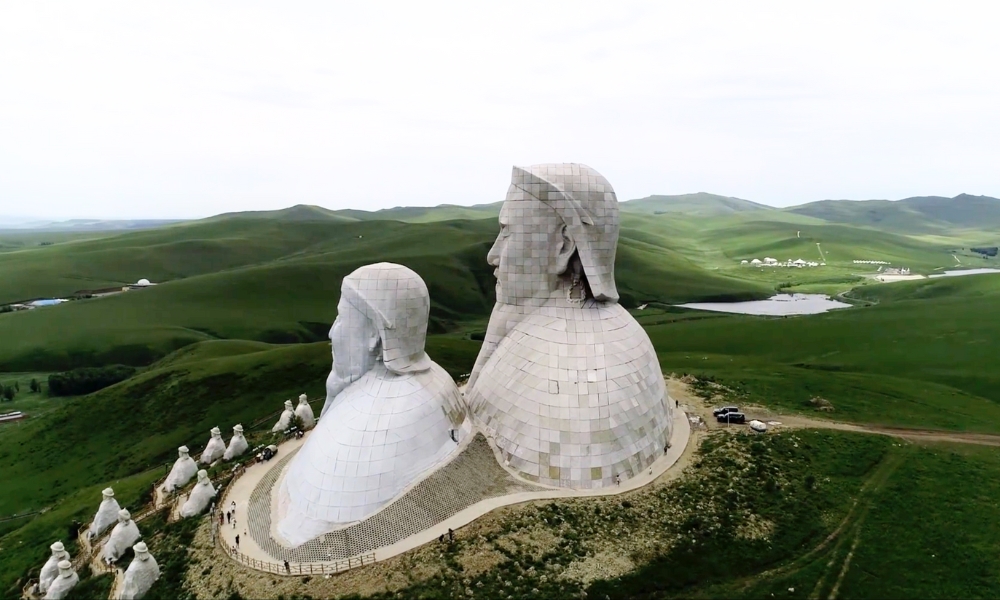
Architectural and Cultural Significance
The layout of Khan Mountain is meticulously designed to reflect the historical and cultural ethos of the Mongol Empire. It is divided into four main sections, each serving a unique purpose in narrating the Mongol legacy.
The Mountain Gate
The entrance to this historical site is marked by the Mountain Gate, which serves as a symbolic threshold between the modern world and the realm of Mongol history. This gate not only welcomes visitors but also prepares them for the immersive historical experience that lies ahead.
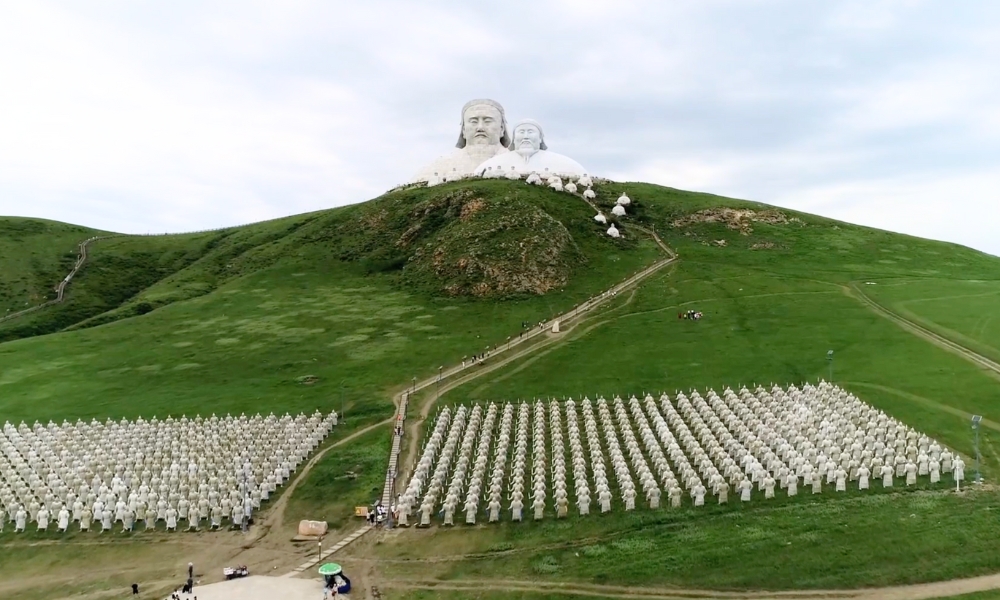
The Road of the Wolf
Following the Mountain Gate, visitors embark on the Road of the Wolf. This path is lined with statues and exhibits that depict the life and times of the Mongol warriors. It is designed to give visitors a glimpse into the martial prowess and strategic genius that characterized the Mongol armies.
The Mongol Yuan Army
As one progresses further, the site unfolds the section dedicated to the Mongol Yuan Army. This area features over 800 warrior statues, each crafted to represent the diverse yet unified force that underpinned the Mongol Empire’s military strength. These statues are not just artistic representations but also serve as a tribute to the soldiers who played a crucial role in the expansion and governance of the empire.
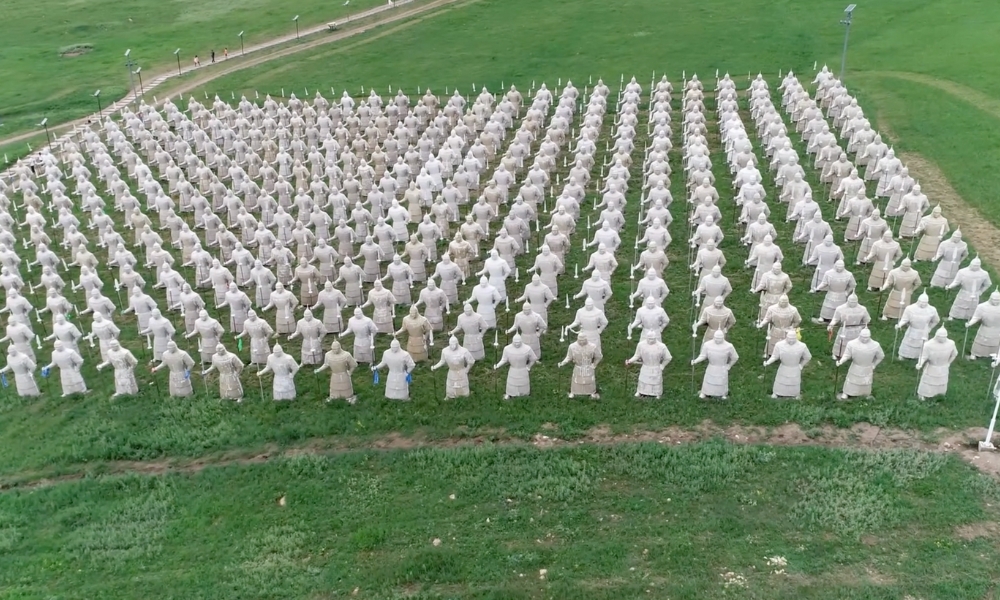
The Mongol Yuan Emperor Sculpture Group
The culmination of the visitor’s journey through Khan Mountain is the Mongol Yuan Emperor Sculpture Group. Here, the giant statues of Genghis Khan and Kublai Khan are prominently displayed, symbolizing their paramount importance in Mongol history. These statues are not only remarkable for their size but also for their artistic craftsmanship, which captures the essence of these historical figures’ leadership and vision.
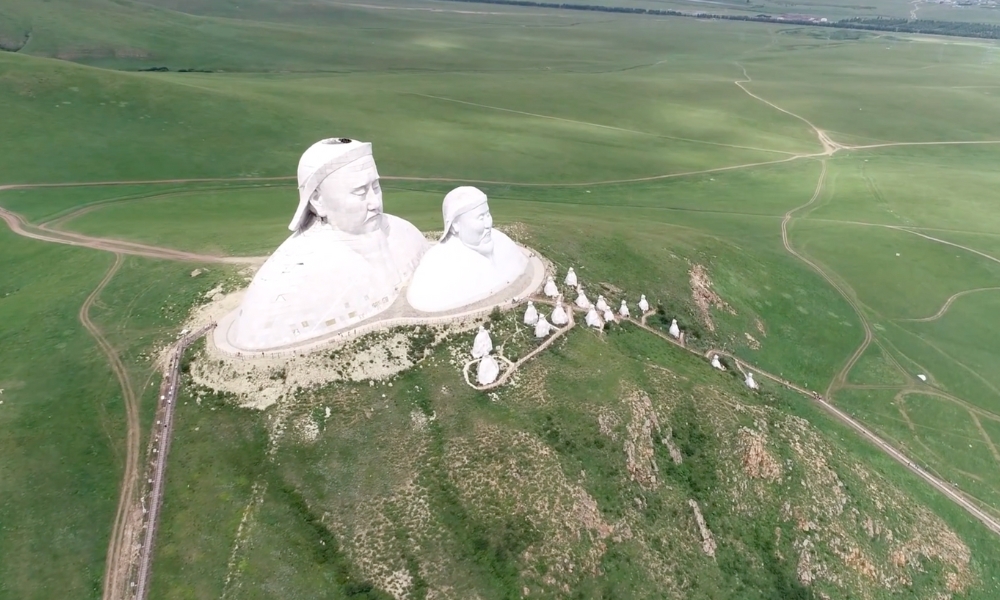
Visitor Experience
Khan Mountain offers a range of activities that allow visitors to engage with Mongol culture and history in a hands-on manner. The availability of horseback riding and archery provides an experiential understanding of the skills that were vital to the Mongol way of life. Additionally, the option to take photographs in traditional Mongolian attire offers a personal connection to the cultural heritage of the Mongol Empire.
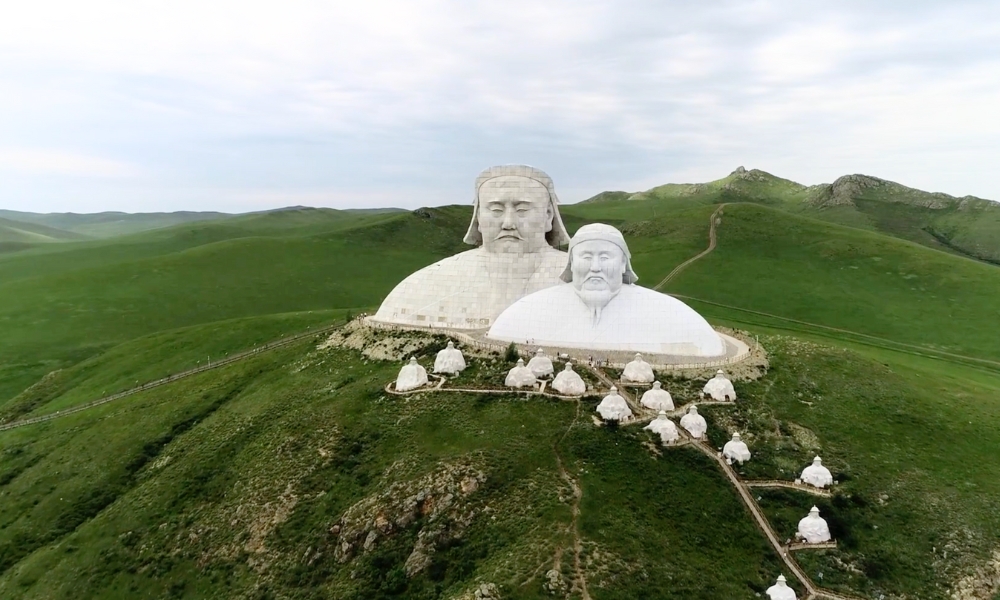
Conclusion
Khan Mountain is more than just a scenic spot; it is a bridge to the past, offering a comprehensive insight into the Mongol Empire’s legacy. Through its architectural design and the activities it offers, this site educates and inspires visitors about the rich history and cultural significance of Genghis Khan, Kublai Khan, and the empire they built. It stands as a monument to the enduring impact of the Mongol Empire on world history.

